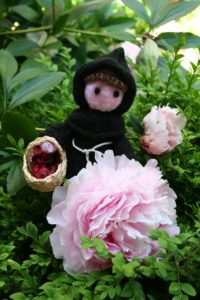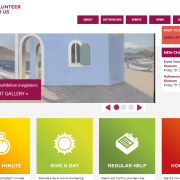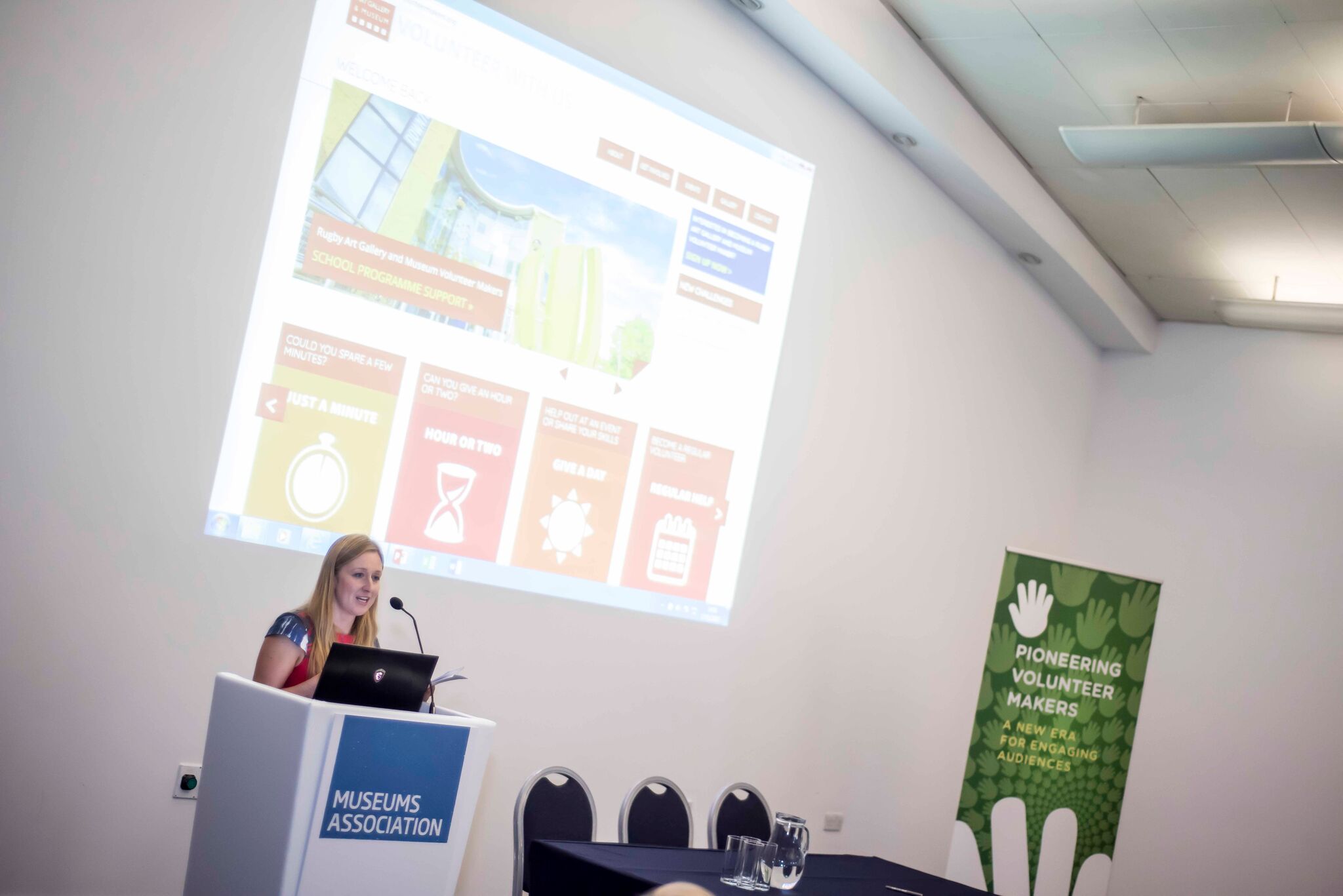
Volunteering plays a significant role in maintaining the heritage sector’s resilience and a week on, I am reflecting on the 2017 Museums Association Conference in relation to this matter. After 15 years working in galleries and museums, 11 of which have been at Rugby Art Gallery and Museum, volunteers have always played a part in supporting our services. However, it is clear that the way in which we work with these wonderful people, who bring skills, experience and enthusiasm needs to change in response to the changing world in which we live.
I was invited as a Volunteer-Maker pioneer to speak at the Conference about how we can manage this change successfully and gain ‘buy in’. How do we ‘ Do it Together’? This was as a result of feedback which I gave to Claire (Claire Sully – Volunteer Makers’ Programme Director) after our initial workshop with her introducing Volunteer-Makers. I said:
Everyone was buzzing and excited after the session, and I can honestly say I have never had such heartfelt positive feedback about a change of system before!
It’s true, I was so surprised at the feedback from our staff, everyone was very excited and keen to move forward. We had organisational buy in. But how? My first thought was ‘Well it just kinda happened.’ But after thinking about it, it wasn’t that simple.
Rugby Art Gallery and Museum is currently still in the early stages of working with Volunteer Makers and its programme, as one of the pioneers, and I am also part of the advisory panel. After having an initial workshop with Claire in the summer, we have now put together the content of our platform, trained staff and consulted with our current volunteers. We have had a soft launch of the site while we are testing it and will be promoting it further over the Christmas period.
But how did we get to this point? Why did we need to change and how did we encourage others in our team to come on our Volunteer Makers journey with us?
Like many cultural venues, we had been through many changes over recent years and to strengthen our position, in 2015, we were successful in receiving an Arts Council grant to work on our resilience. The grant enabled us to take part in a programme of training focusing on working together as a team. During this process, it was apparent we needed to see and accept changes in order to move forward. This was our first stage for helping with ‘Buy in’. We were ready for change.
But what was our volunteer status? Before 2015, we had 2 volunteers, no strategy or policy or way of recruiting volunteers. In 2015, as part of the Rugby World Cup, being the home of the game, we ran an official purpose-built Fanzone venue and ran a schools’ programme and events. As a result the Visitor Centre manager started to put together a policy and recruited and trained around 50 volunteers. After this we managed to keep many of these volunteers to support the gallery and museum and trained them to work particularly with the education programme. This transformed what we did and we saw a huge value in these fantastic people, who brought new ideas and skills to the team. However, two years down the line, our programme has expanded and we require more volunteers. But we had not updated the policy and we hadn’t looked at how we were going to continue to recruit. Our volunteers were mostly white and over 50 and we wanted to attract a broader demographic from our community.
Volunteer Makers seems to be an answer to our needs. A new way of attracting younger audiences and offering micro-volunteering (small pockets of time which can be on or off site) was an exciting way forward. It would also give us an opportunity to review our policies and engage more staff in supporting volunteering as they could set smaller more manageable challenges.
So, returning to making a change in your organisation. My initial thought was, well why wouldn’t you have buy in? This sounds fantastic and offers an answer to the problems we had. But as you know in this sector there are always barriers. What are the challenges? This led to a tool which I had recently come across in a training session. I think it explains what is needed to encourage change, therefore helping people to buy in:
OPM (Object Process Methodology) – Change model shows what is needed for successful change and the effect when one is missing.
Pressure for change – if there is no pressure it goes to the bottom of the tray. Capacity for change – lacking in resources and staff time leads to anxiety and frustration. Clear shared vision – with this enthusiasm starts to fizzle out. Actionable first step – without a clear plan it can lead to haphazard efforts and false starts. At Rugby, we have used this model as a method to move the Volunteer Makers programme forward.
Pressure for change – Why was it important? We needed to recruit new volunteers, particularly younger people. We needed to diversify our demographic of volunteers and we wanted to support engagement and develop ideas. To do this we needed a new way of working and we needed it ASAP.
Clear shared vision – I think Volunteer Makers presentation really sold itself to the team, it demonstrated a clear vision. The team could see the opportunities and during the workshop, Claire helped us to think about our aims for volunteers and where we wanted to be in the future. It helped us to have a shared vision.
But also key for buy in was to invite all members of the team as everyone plays a part. To encourage those who are resistant by speaking their language and appealing to how they will personally benefit.
The other important preparation was to pre-empt questions from the team and resolve these with Claire before the meeting where possible. This meant questions and challenges brought up in the meeting could be resolved there and then, meaning staff left the meeting with a clear vision without too many holes.
Capacity for change – Time and staff, is for many organisations the biggest barrier. As my manager could see so much potential in this project we agreed that I would dedicate time to this project. We needed to make time for this project but also the whole team believed in Volunteer Makers enough to put a small portion of time aside. We are also looking at having a volunteer to support and help us move the programme forward.
Actionable first Step – Claire helped us to set an action plan during the workshop with a vision and aims. This so, far has enabled the project to move forward. Regular group meetings looking at our progress and working with the team and our current volunteers to overcome any challenges. Our officers are setting challenges, front of house staff are selling Volunteer makers, volunteers are currently testing it. Everyone plays a part.
I very much valued my opportunity to share our experiences and also to listen to other pioneers at the conference. It was really interesting to hear different and similar perspectives regarding volunteers and support each other. After all, we are a caring, sharing sector, ‘Doing It Together’.
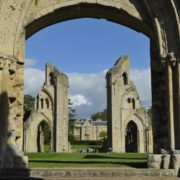 A busy early June for the VM team was capped by the launch of a Volunteer Makers portal by a spectacular heritage destination, Glastonbury Abbey.
A busy early June for the VM team was capped by the launch of a Volunteer Makers portal by a spectacular heritage destination, Glastonbury Abbey.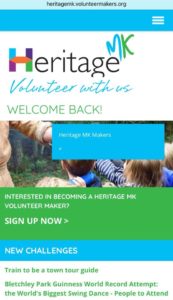 early indications are that the pattern could be repeated for HeritageMK.
early indications are that the pattern could be repeated for HeritageMK.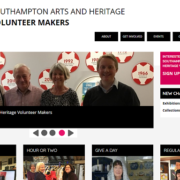
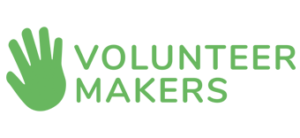
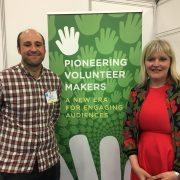 David Juler, of the Museum of Oxford, explained how his organisation had been working with Volunteer Makers, and as a Volunteer Makers pioneer, they help shape the platform’s development. It’s a collaborative effort, with Tickbox actively seeking users’ feedback.
David Juler, of the Museum of Oxford, explained how his organisation had been working with Volunteer Makers, and as a Volunteer Makers pioneer, they help shape the platform’s development. It’s a collaborative effort, with Tickbox actively seeking users’ feedback.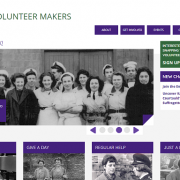







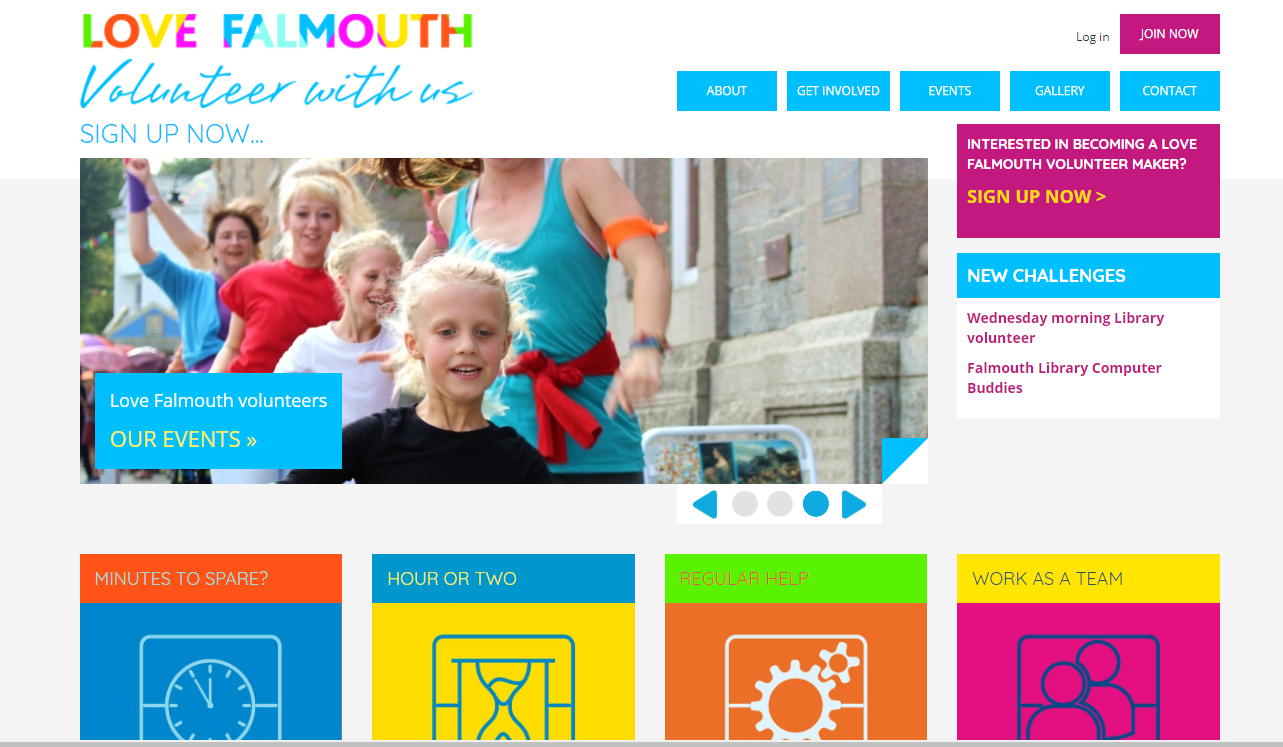 Volunteer Makers is becoming used to getting great feedback from partner organisations and users, but it is always pleasing to be recognised by external judges.
Volunteer Makers is becoming used to getting great feedback from partner organisations and users, but it is always pleasing to be recognised by external judges.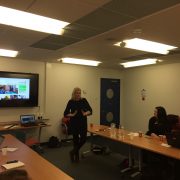
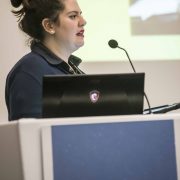
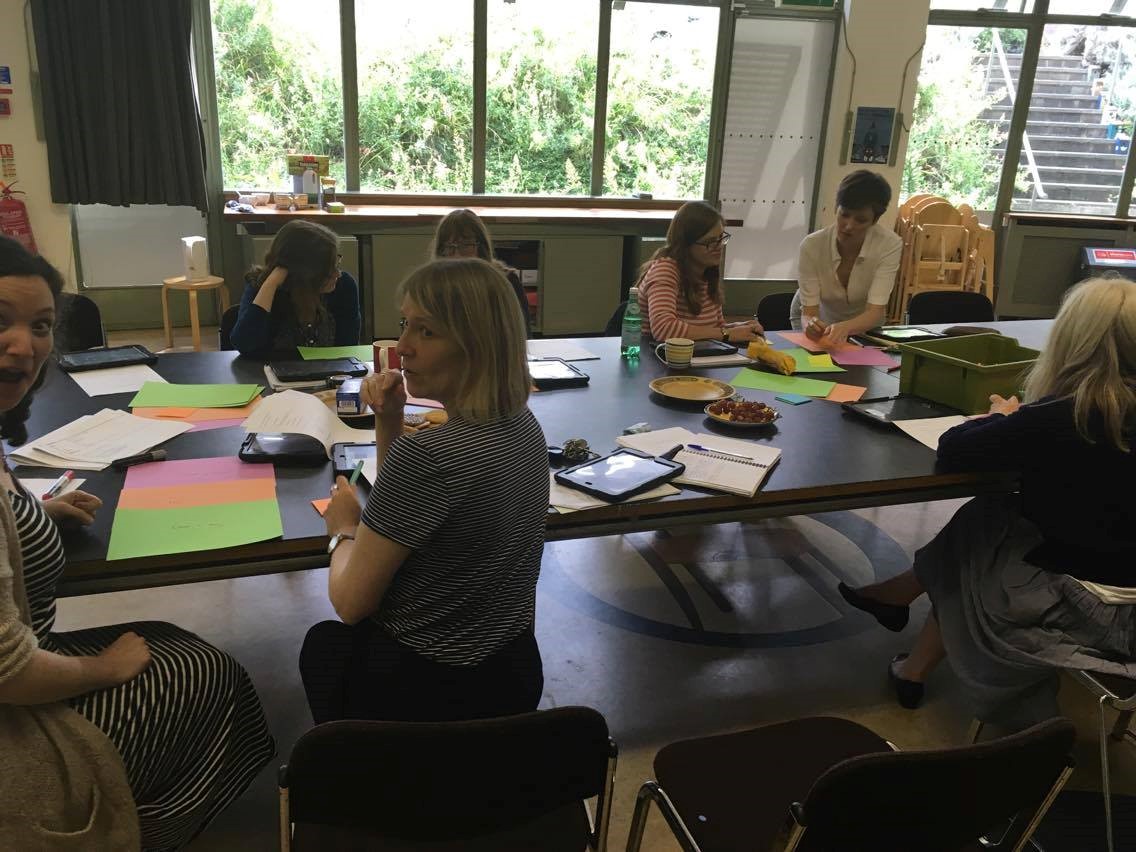
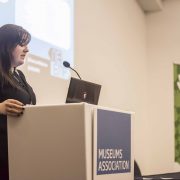
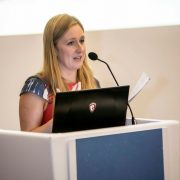

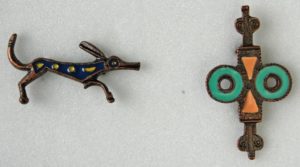 This photography task has its challenges, even lighting for one. These simple images were to be used as documentation but they also needed to be used to illustrate the written material contained in the boxes. I therefore needed to make sure the images truly reflected the originals as much as possible, only occasionally assisted by Photoshop. Some of them also need cutting out and inserting into documents. I have enjoyed the challenge.
This photography task has its challenges, even lighting for one. These simple images were to be used as documentation but they also needed to be used to illustrate the written material contained in the boxes. I therefore needed to make sure the images truly reflected the originals as much as possible, only occasionally assisted by Photoshop. Some of them also need cutting out and inserting into documents. I have enjoyed the challenge.